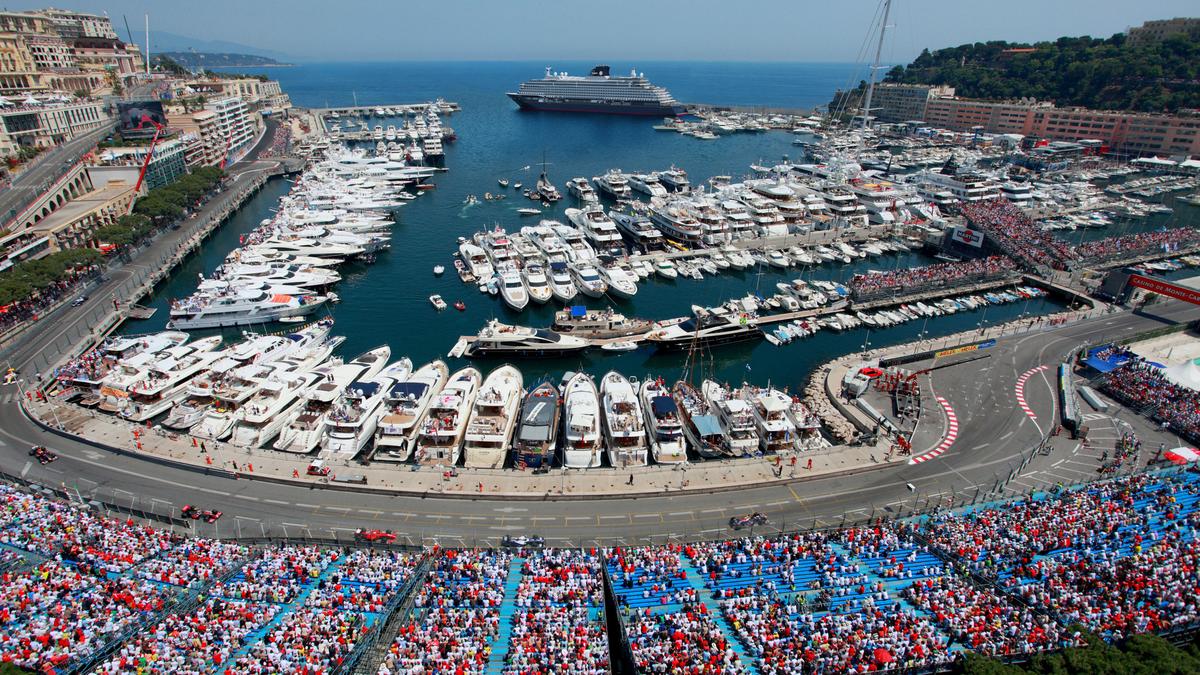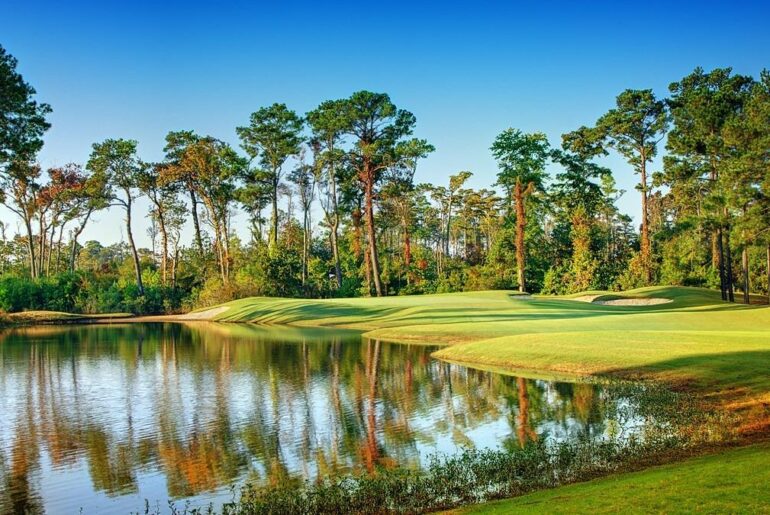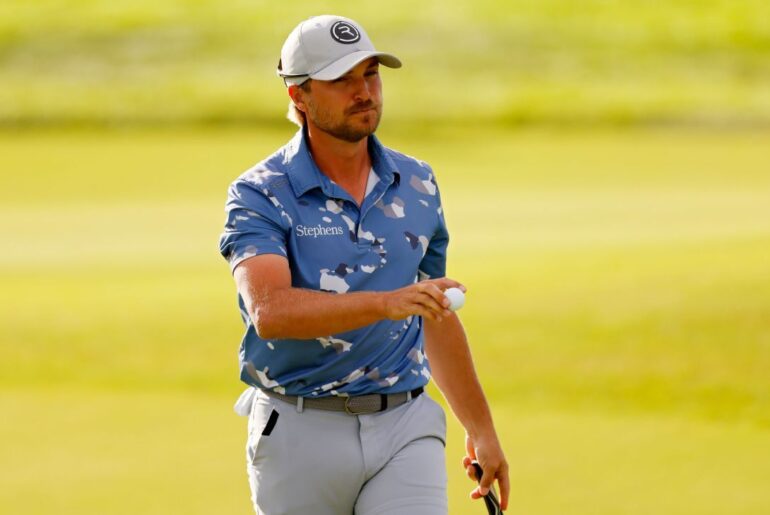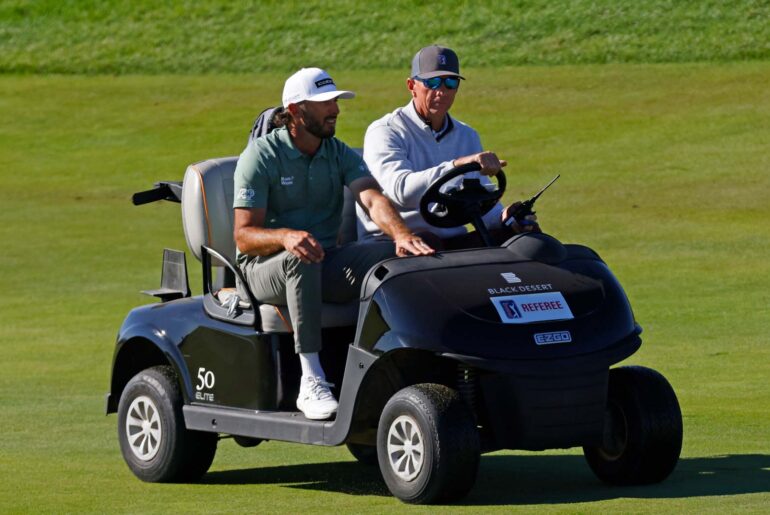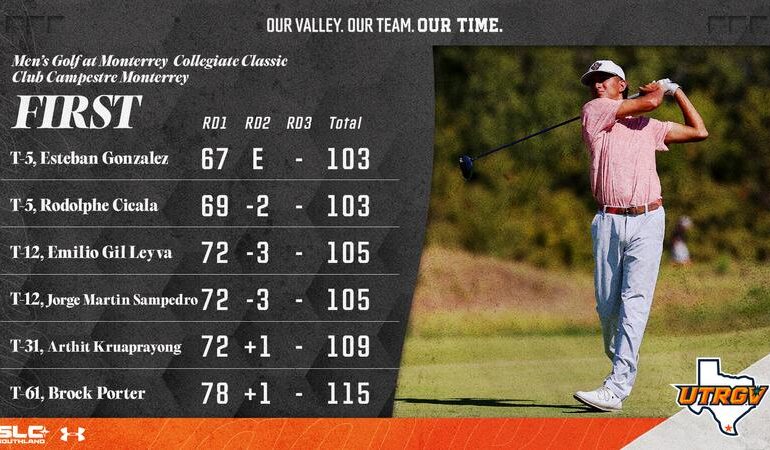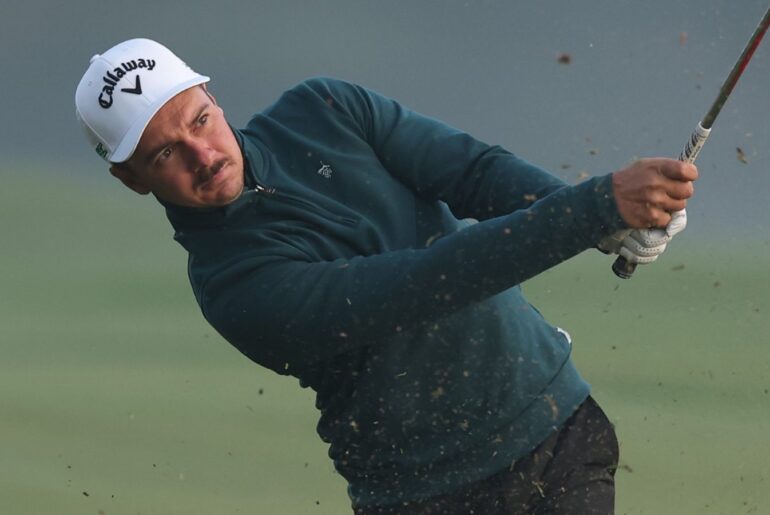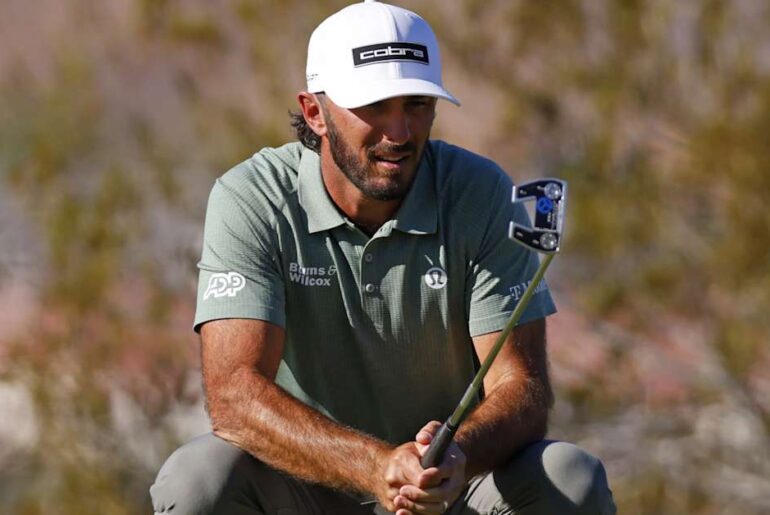Australian golf prodigy and 2024 BMW Australian PGA champion, Elvis Smylie, has been travelling the world’s great sports events since he was a boy.
The 23-year-old son of tennis ace Liz Smylie – winner of three Grand Slam doubles titles and world No 20 in 1987 – and Peter, a former professional who retired to coach Liz – grew up on tour.
Although born to tennis, Elvis was drawn to golf. Growing up between the Florida Glades and Australia’s Gold Coast, he soon flourished as an athlete in his own right, winning the 2019 Australian Boys’ Amateur title before turning pro in 2021.
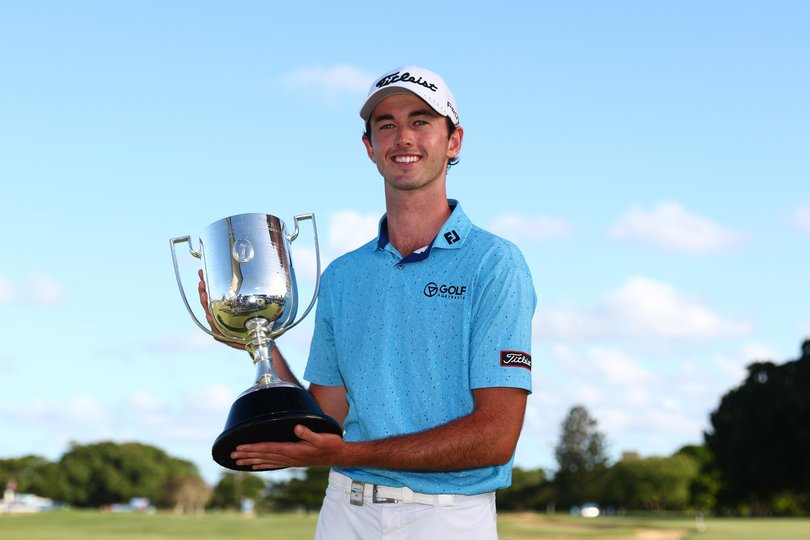
 Elvis Smylie poses with the Joe Kirkwood Cup after victory on day four of the BMW Australian PGA Championship 2025 at Royal Queensland Golf Club. Credit: Chris Hyde/Getty Images
Elvis Smylie poses with the Joe Kirkwood Cup after victory on day four of the BMW Australian PGA Championship 2025 at Royal Queensland Golf Club. Credit: Chris Hyde/Getty Images
ROAM. Landing in your inbox weekly.
A digital-first travel magazine. Premium itineraries and adventures, practical information and exclusive offers for the discerning traveller.
By continuing you agree to our Terms and Privacy Policy.
He capped his rapid rise by shooting a final-round 67 to defeat his hero, Cam Smith, at last year’s BMW Australian PGA Championship – a title he will strive to defend when it returns to Brisbane this November.
“My dad was front row with John McEnroe for an Elvis (Presley) show in Las Vegas in the 70s and I’ve been lucky to be front row for a lot of amazing sports events growing up. Mum and Dad had both retired from the pro circuit by the time I was born but mum’s commentary career with BBC means I’ve been to Wimbledon a bunch of times.
“But I’ve always loved Formula One. I’ve been to Albert Park for the Australian GP to cheer for the Aussie drivers – first Daniel Ricciardo and nowadays Oscar Piastri. But I also got to visit Silverstone with my brother-in-law for the British GP and sit above the team garages on the main straight. It was amazing.
“But being at Monaco’s Formula One Grand Prix this year was my all-time highlight. I was on a superyacht moored off the third-last corner of the circuit and the view was incredible. For three days I had a glass of red wine in my hand, cricketer Chris Gayle and a bunch of European footballers and beautiful people partying on board with me.
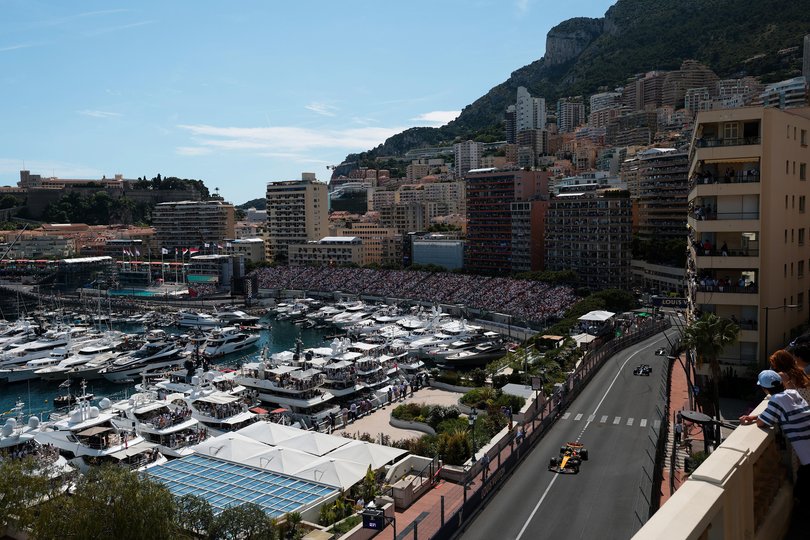
 The F1 Grand Prix of Monaco at Circuit de Monaco. Credit: Mark Thompson/Getty Images
The F1 Grand Prix of Monaco at Circuit de Monaco. Credit: Mark Thompson/Getty Images
“Most professional athletes have another sport to escape to. For a lot of F1 drivers it’s golf but for me, even as a son of tennis professionals, it’s become motor racing. I have such incredible admiration for the skill and daring of the drivers, the trust and control they have in their vehicles, and the way they strive to be at one with the car.
“I’d heard of Ayrton Senna’s lap at Monaco in 1987, where he set the fastest-ever qualifying time. He said he’d had an ‘out of body’ experience connecting with the car. As a golfer, I could relate. People joke about ‘see the ball, be the ball’ but so much of sport is being able to relax and switch off and then lock in to enter that flow state.
“I’d been to Nice in the south of France when I was 14 and seen the party life of F1 racing from a distance. But since then I’ve studied the sport a lot closer so I knew Monaco wasn’t just about the glamour of the event and the celebrities who attend. For drivers it’s about mastering the toughest and trickiest track in the racing world.
“I was lucky enough to be there for all four days of racing and at Monaco – that’s important because 90 per cent of the race comes in qualifying. Because it’s an urban circuit in the streets of Monaco, the turns are scarily tight and the tiniest slip can be fatal. It means passing manoeuvres are rare and there’s a lot of retirements.
“Monaco’s circuit has been roughly the same since 1950 so there’s heaps of history. The first curve is Sainte Dévote and there’s usually a crash. Then the track goes up to the Casino of Monte-Carlo, in front of the Hotel de Paris, and curves down to the Mirabeau. Then it’s the slowest, craziest turn in F1 – the hairpin at Virage Fairmont.
“Our yacht was moored at sea on the third-last turn of the race. It’s called the Portier and it’s where the cars burst from a tunnel and fly around the cliffs down to the port. Even at sea, the atmosphere was unbelievable. The music was playing and guests were screaming but I closed my eyes and tried to put myself in the driver’s shoes.
“See, I’ve quickly learnt that pressure is a privilege. This is my first year on the (PGA) circuit. I was always passionate about golf and mum and dad have been great in letting me trust my instincts and choose my own path. I work hard but I love travelling, exploring new cities, eating out and switching off, not just shuttling between hotel and course.
“And watching Lando Norris win that race in Monaco, I realised what F1 drivers and golfers share. You embrace the pressure and you thrive on it. I’m passionate about what I do and I love those challenges. OK, I’m not moving at 300km/h like them, but I set aside my nerves to hit quality shots. That’s what I train for – it’s what I live for.”

